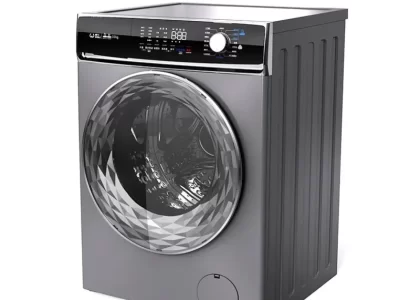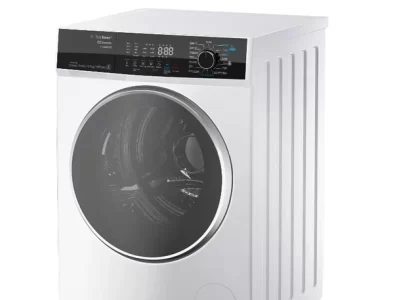 Introduction:
Introduction:
Cleaning shoes is a common task to maintain their appearance and hygiene. One question that often arises is whether it is safe to put shoes in the washing machine. In this comprehensive guide, we will explore the topic, discussing the factors to consider, suitable shoe types, and best practices for machine washing. By understanding the potential risks and benefits, you can make an informed decision about washing your shoes in the machine.
Common functionalities found in washing machines:
Washing machines come with a variety of features and functions that enhance their performance and convenience. Here are some common functionalities found in washing machines:
Wash cycles:
Washing machines offer various wash cycles to cater to different types of fabrics and levels of dirtiness. Examples include normal, delicate, heavy-duty, quick wash, and specialized cycles for specific fabric types like wool or sportswear.
Load capacity:
Washing machines have different load capacities, indicating the maximum weight of laundry they can handle in a single cycle. This helps users determine the appropriate amount of laundry to load and ensures efficient washing.
Water temperature control:
Most washing machines allow users to select the water temperature for a wash cycle. Options typically include hot, warm, and cold water settings, allowing for customization based on fabric care instructions and personal preferences.
Spin speed control:
Spin speed control allows users to adjust the speed at which the washing machine’s drum spins during the spin cycle. Higher spin speeds extract more water from the laundry, reducing drying time. Lower spin speeds are suitable for delicate fabrics.
Delay start:
Some washing machines feature a delay start function, which allows users to set a time delay before the wash cycle begins. This feature is useful for scheduling the wash cycle to start at a more convenient time, such as during off-peak energy hours.
Water level control:
Washing machines equipped with water level control allow users to adjust the amount of water used in each wash cycle. This feature helps conserve water when washing smaller loads.
Auto-sensing:
Auto-sensing technology detects the weight of the laundry and adjusts the water level and wash cycle accordingly. This helps optimize water and energy usage for more efficient and effective washing.
Add garment:
Some washing machines have an add garment feature, allowing users to pause the wash cycle and add forgotten items. This feature is particularly convenient for items dropped or left behind after starting the cycle.
Child lock:
A child lock feature prevents accidental tampering with the controls, ensuring the safety of children and avoiding interruptions during a wash cycle.
Smart features:
With advancements in technology, many washing machines now offer smart features, such as Wi-Fi connectivity, mobile app control, and compatibility with voice assistants. These features allow users to monitor and control their washing machines remotely and receive notifications on cycle completion or maintenance needs.
These functionalities provide users with flexibility, convenience, and customization options to suit their specific laundry needs. When purchasing a washing machine, consider which features are important to you and align with your preferences and requirements.
 Factors to Consider
Factors to Consider
Shoe Material:
Different shoe materials react differently to water and agitation.
Delicate materials, such as leather or suede, are generally not suitable for machine washing, as they can be damaged.
Shoe Structure:
Shoes with delicate or intricate structures, such as glued or stitched parts, may not withstand the rigors of machine washing.
The forceful movement and water pressure can weaken or break the shoe’s structure.
Washing Machine Capacity:
Consider the size and capacity of your washing machine.
If the shoes take up too much space or are too heavy, they may not be effectively cleaned or could damage the machine.
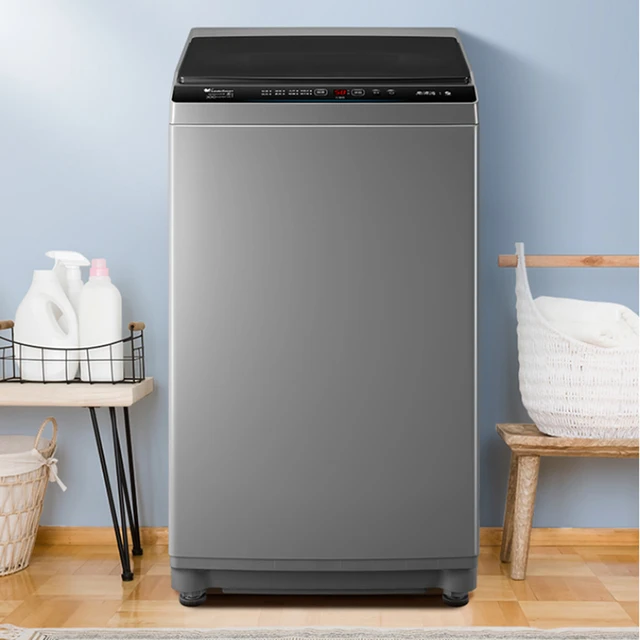 Suitable Shoe Types for Machine Washing
Suitable Shoe Types for Machine Washing
Athletic Shoes:
Many athletic shoes, such as running shoes or sneakers, are designed to withstand machine washing.
They are often made of durable materials that can handle the water and agitation without significant damage.
Canvas Shoes:
Canvas shoes, like sneakers or casual footwear, are generally safe for machine washing.
Canvas is a resilient material that can handle the agitation and water pressure.
Rubber or Plastic Shoes:
Shoes made of rubber or plastic, such as rain boots or garden shoes, can typically be machine washed without adverse effects.
These materials are more resistant to water and can withstand the washing machine’s conditions.
Best Practices for Machine Washing Shoes
Pre-Treatment:
Before washing, remove any loose dirt or debris from the shoes.
Spot treat stains or heavily soiled areas with a mild detergent or stain remover.
Protecting the Shoes:
Place the shoes in a mesh laundry bag or pillowcase to protect them during the wash cycle.
This helps prevent excessive agitation and reduces the risk of damage.
Gentle Wash Cycle:
Select a gentle or delicate cycle with cold or lukewarm water to minimize damage.
Avoid using hot water or high-speed agitation, which can be harsh on shoes.
Mild Detergent:
Use a small amount of mild detergent specifically designed for delicate fabrics or shoes.
Harsh chemicals or excessive detergent can cause discoloration or damage to the shoe material.
Air Drying:
After washing, air dry the shoes at room temperature.
Avoid direct sunlight or heat sources, as they can cause the shoes to warp or crack.
Alternative Cleaning Methods
Handwashing:
Handwashing remains the safest method for cleaning shoes, especially those with delicate materials or structures.
Use a soft brush, mild detergent, and lukewarm water to gently clean the shoes.
Spot Cleaning:
For minor stains or localized dirt, spot cleaning with a cloth or sponge dipped in a mild detergent solution is effective.
This method allows you to target specific areas without subjecting the entire shoe to machine washing.
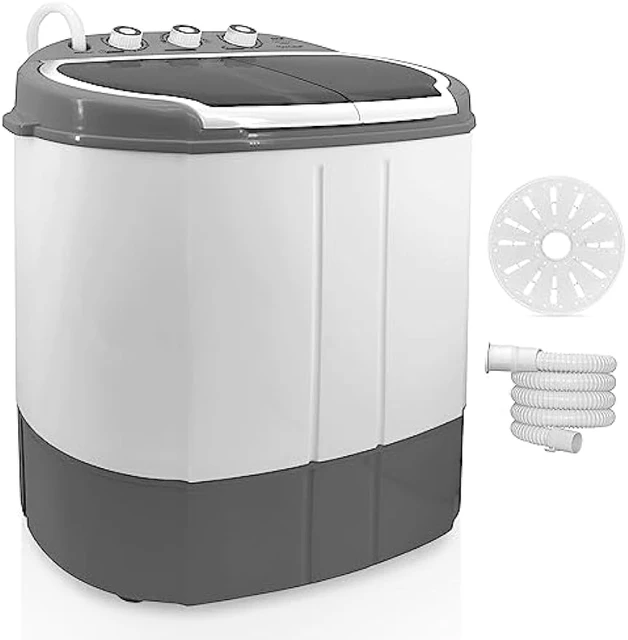 To properly use a washing machine, follow these steps:
To properly use a washing machine, follow these steps:
Read the manual: Familiarize yourself with the specific instructions and features of your washing machine by reading the user manual provided by the manufacturer. Different machines may have different settings and requirements.
Sort your laundry:
Sort your laundry according to color, fabric type, and level of dirtiness. This will help prevent color bleeding and ensure that delicate items are treated gently.
Pre-treat stains:
Before loading the laundry, pre-treat any stains or heavily soiled areas with a suitable stain remover. Follow the instructions on the stain remover product and allow it to work on the stains for the recommended time.
Load the machine:
Open the washing machine lid or door and load the sorted laundry into the drum. Do not overfill the machine, as this can affect its performance and the quality of the wash.
Add detergent:
Measure the appropriate amount of detergent according to the manufacturer’s instructions. Choose a detergent that is suitable for the type of fabric and the level of dirtiness. Avoid using excessive amounts of detergent, as this can lead to oversudsing and poor rinsing.
Select the wash cycle:
Choose the appropriate wash cycle for your laundry. For most machines, options include normal, delicate, heavy-duty, or specific cycles for different fabric types. Use the appropriate water temperature setting based on the garment care labels and fabric type.
Start the machine:
Close the lid or door, and start the washing machine. The machine will begin the selected wash cycle, which will include agitation, rinsing, and spinning.
Add fabric softener (optional):
If desired, add fabric softener during the rinse cycle. Follow the instructions on the fabric softener product for the correct amount to use.
Unload the laundry:
Once the wash cycle is complete, carefully remove the laundry from the machine. Shake out any clothes before transferring them to the dryer or hanging them to dry.
Clean the machine:
Regularly clean your washing machine by running a cleaning cycle or wiping down the drum, detergent dispenser, and door seals. This helps prevent the buildup of mold, mildew, and odors.
By following these steps and taking proper care of your washing machine, you can ensure clean and well-maintained laundry while extending the lifespan of your appliance.
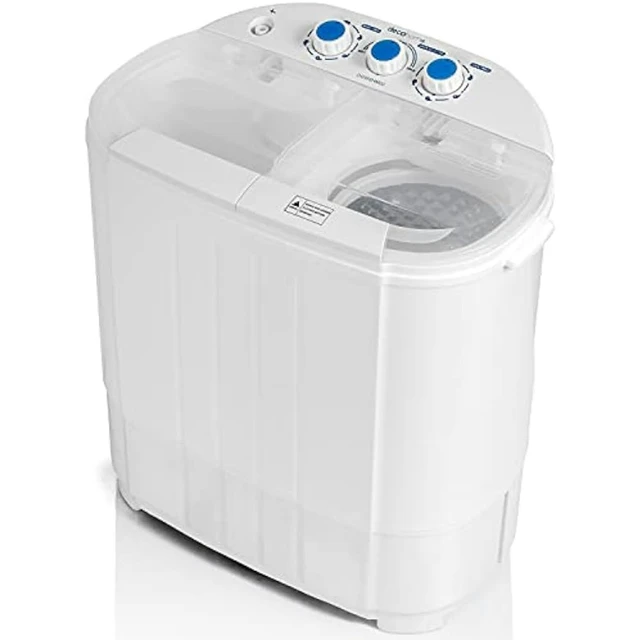 Conclusion:
Conclusion:
While machine washing shoes can be convenient, it is essential to consider the shoe material, structure, and washing machine capacity. Use your washing machine correctly.By following the best practices outlined in this comprehensive guide, you can minimize the risk of damage and effectively clean your shoes. However, always consider the shoe’s characteristics and manufacturer’s recommendations before deciding on the cleaning method. When in doubt, handwashing or spot cleaning can be a safer alternative to preserve the shoe’s condition and longevity. With proper care, your shoes will maintain their appearance and functionality for an extended period.


